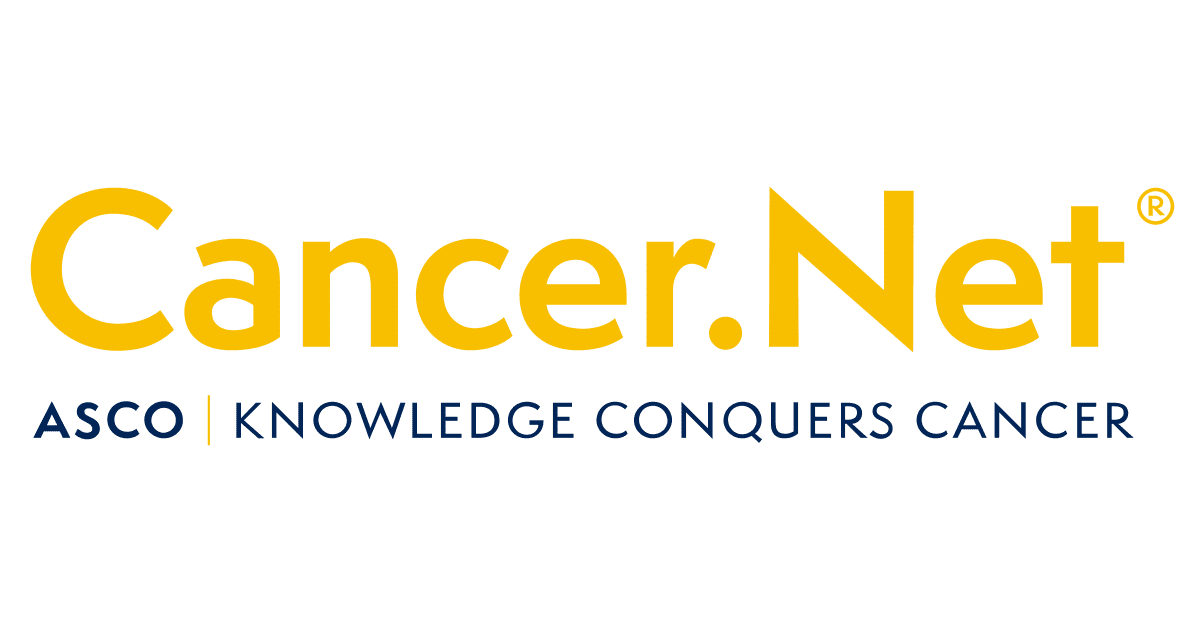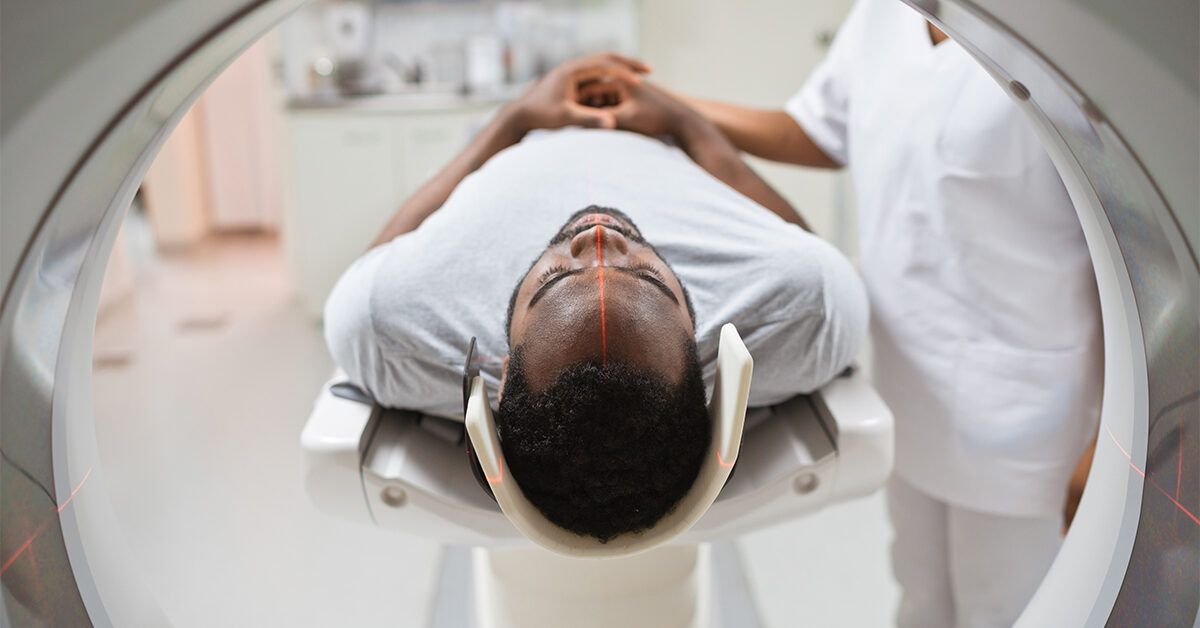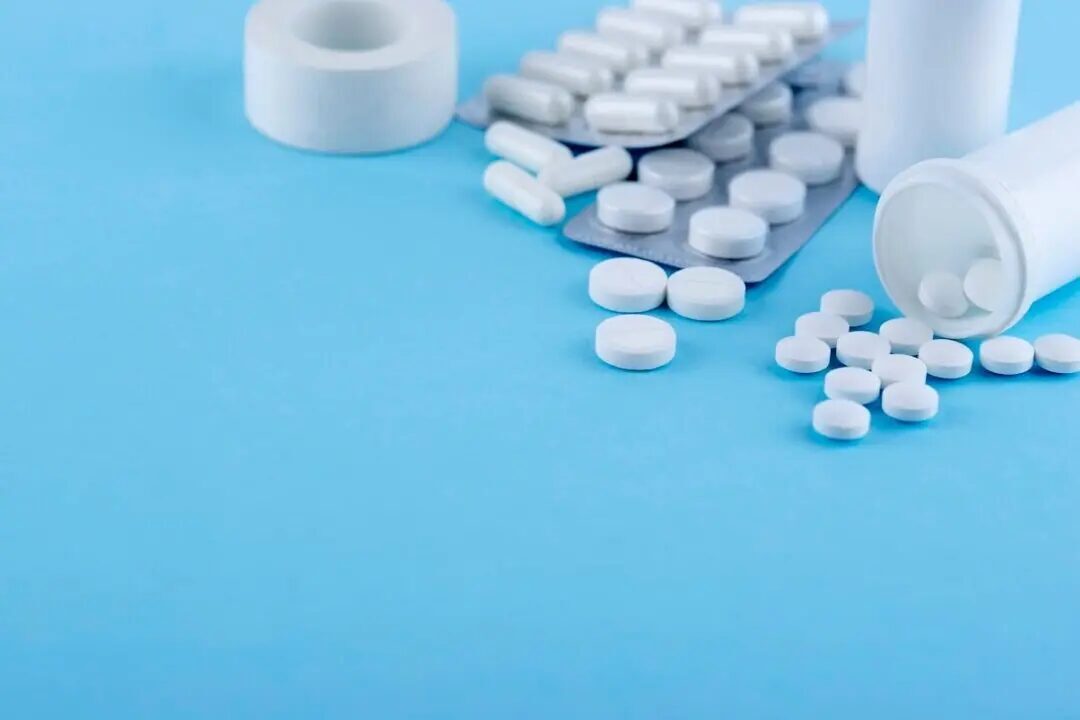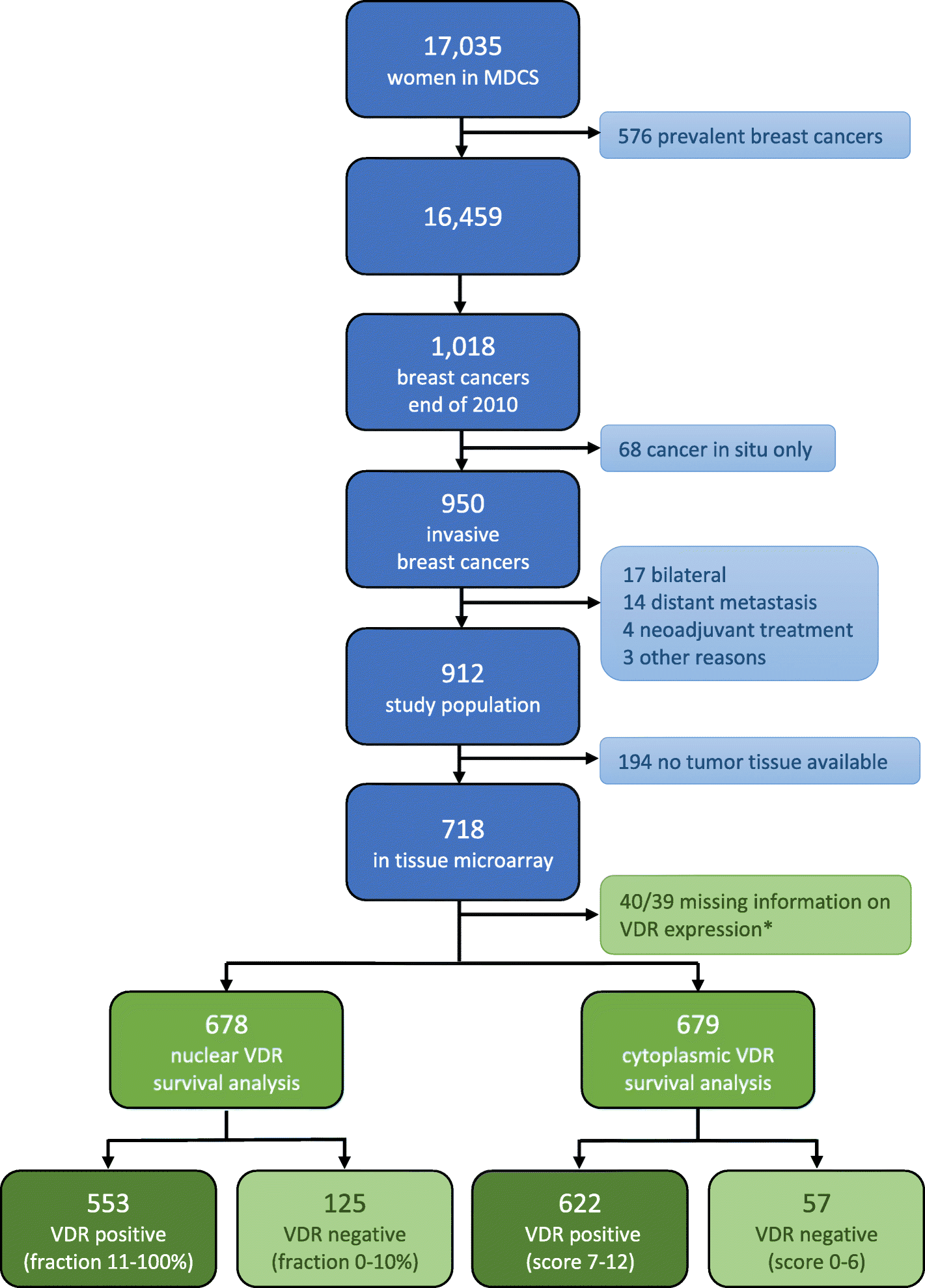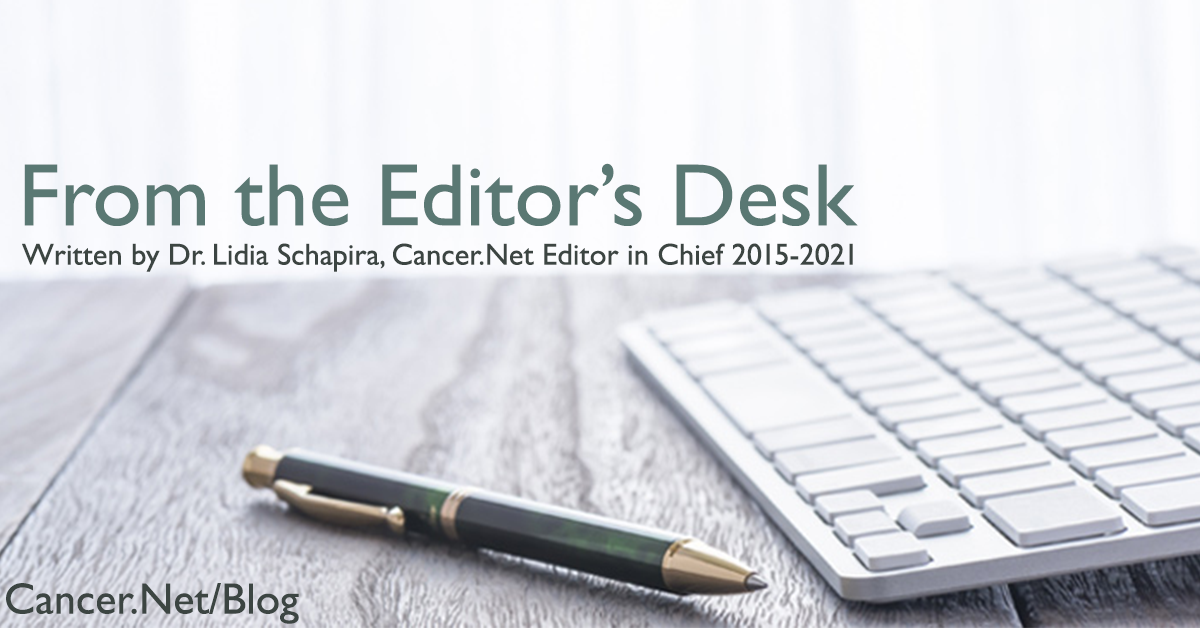Rinse & rePeat
Member
- Joined
- Mar 10, 2021
- Messages
- 21,516
Older bodies have accumulated and stored more iron and unsaturated fats, which makes for a very unhealthy environment to be fighting cancer when they are released, from not getting enough protein. A young body doesn’t have that accumulation.The question is, why would the old lose weight and have poor cancer outcomes on a low protein diet when the youngers have the opposite outcome on the same diet?
I think their answer is that the old need more protein because they are unable to process it as well as the youngers and without enough protein they become malnourished. Does that make sense?

